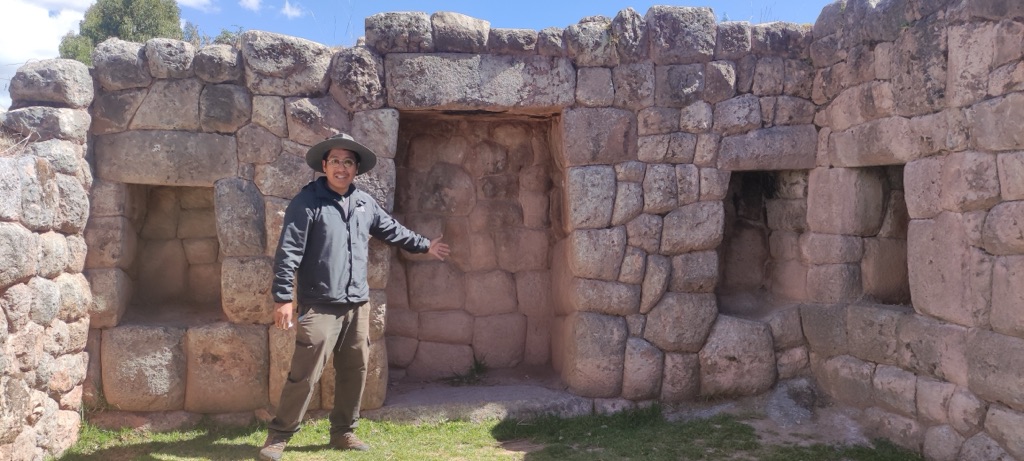Rumiwasi, often overshadowed by the grandeur of nearby Machu Picchu, is a historical site of significant intrigue. Nestled in the Sacred Valley of the Incas, Rumiwasi is believed to have been a residence of Inca royalty. Its name, translating to ‘Stone House’ in Quechua, hints at its construction, which showcases the Inca’s masterful stonework. While not as extensively studied as other Incan sites, Rumiwasi offers a glimpse into the architectural prowess and daily lives of its ancient inhabitants.
Get your dose of History via Email
Historical Background of Rumiwasi
The discovery of Rumiwasi is not well-documented, but it likely came to light during the exploration of Incan sites in the Sacred Valley. The Incas, known for their advanced civilization and architectural skills, built Rumiwasi. However, the exact date of its construction remains unclear. After the Spanish conquest, many Incan structures were repurposed or fell into disrepair, and Rumiwasi’s fate was similar. It is not known to have been the scene of any major historical events, but its proximity to other significant sites suggests it was part of the broader Incan network.
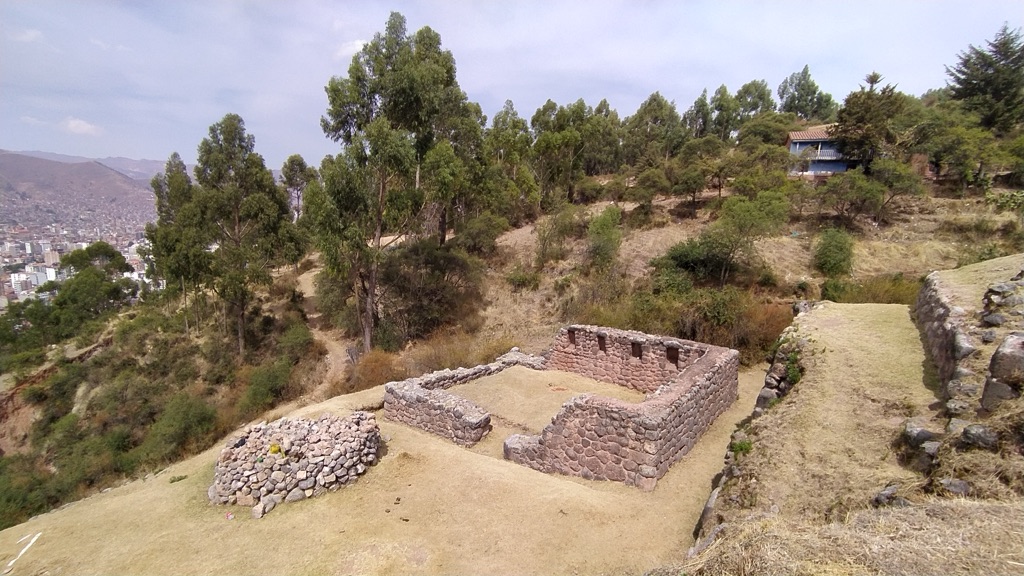
Archaeologists believe that Rumiwasi served as a dwelling for Inca nobility, given its sophisticated design and strategic location. The Incas were known for constructing residences to accommodate the royal entourage as they traveled throughout the empire. Rumiwasi’s features align with this practice, indicating its use as a stopover for Incan royalty. The site’s later history is murky, with little evidence of post-Incan habitation.
Despite its relative obscurity, Rumiwasi’s importance lies in its representation of Incan residential architecture. Unlike the grand ceremonial centers, Rumiwasi provides insights into the more personal aspects of Incan life. The site has not been the focus of extensive archaeological study, which means that many of its stories remain untold. However, its preservation allows for future research that could unveil more about its past inhabitants.
Rumiwasi’s architecture, with its finely cut stones and trapezoidal niches, is typical of Incan craftsmanship. These features suggest that skilled Incan masons, who were adept at working with the local stone, constructed the site. The precision of the stonework indicates the importance of the structure within the Incan society. The lack of mortar and the seamless fit of the stones are hallmarks of Incan building techniques that have withstood the test of time.
While Rumiwasi may not have been the backdrop for pivotal historical events, its existence adds to the rich tapestry of Incan history. It stands as a testament to the daily lives of the Inca elite and the skilled artisans who built their homes. As more attention is given to lesser-known sites like Rumiwasi, the understanding of Incan culture and history continues to deepen, providing a fuller picture of this remarkable civilization.
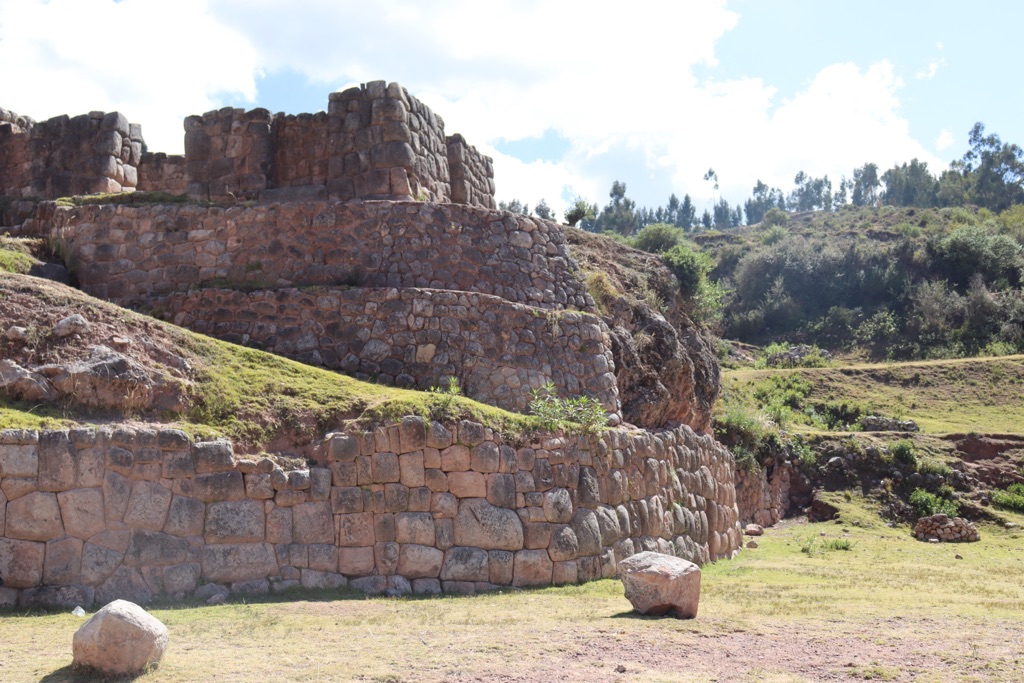
About Rumiwasi
Rumiwasi, with its name meaning ‘Stone House,’ is a testament to the Inca’s architectural ingenuity. The site features the classic Incan stonework that has fascinated historians and tourists alike. The stones are precisely cut and fit together without the use of mortar, a technique that has ensured the structure’s durability over centuries. The walls of Rumiwasi are adorned with trapezoidal niches, a distinctive feature of Incan design, used for holding ceremonial objects or as an aesthetic element.
The construction of Rumiwasi required a deep understanding of the local geology. The Incas selected stones that could withstand the seismic activity common in the region. They transported these massive stones from quarries, often located miles away, using an extensive network of roads and human labor. The building process was a communal effort, with laborers contributing as part of their mit’a, a form of tax paid through work.
Architecturally, Rumiwasi showcases the Inca’s ability to integrate their structures with the natural landscape. The site’s layout takes advantage of the terrain, providing both stability and aesthetic harmony. The Incas were masters of creating spaces that were both functional and beautiful, and Rumiwasi is no exception. Its strategic location also suggests that it served as a lookout or a point of control within the Sacred Valley.
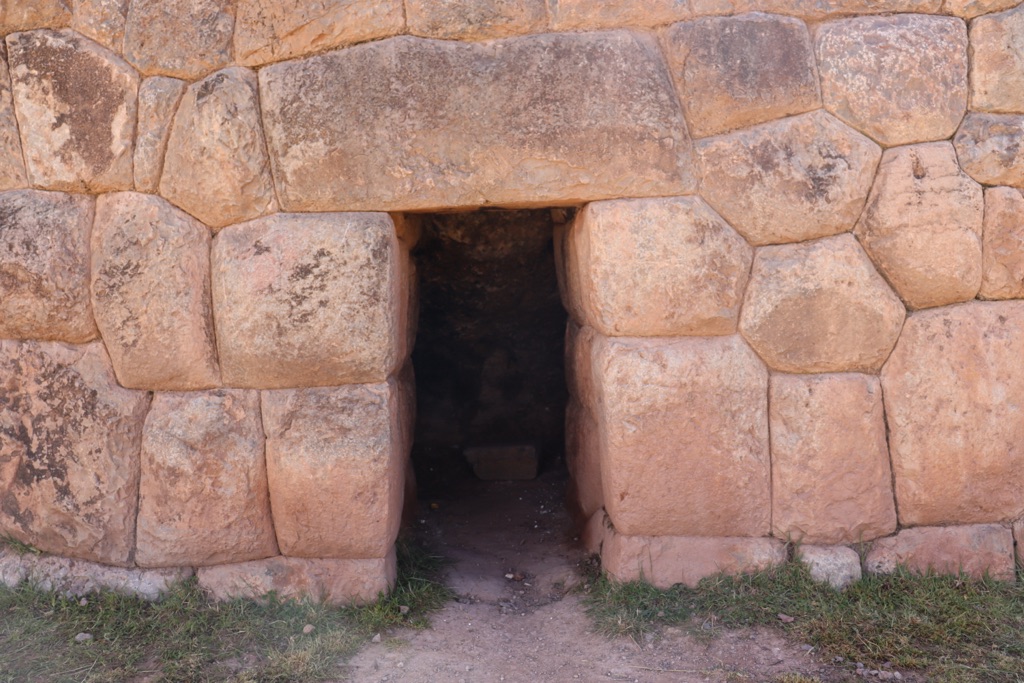
Inside Rumiwasi, the remains of residential areas suggest that it was more than just a ceremonial site. The presence of hearths and storage areas indicates that the site was used for daily living. This residential aspect provides a contrast to the more public and ceremonial spaces found in other Incan ruins, offering a more intimate look at Incan life.
Today, Rumiwasi stands as a cultural heritage site, offering visitors a chance to step back in time and experience the world of the Incas. Its preservation allows for ongoing study and appreciation of Incan architecture and society. As a piece of the larger puzzle of Incan civilization, Rumiwasi continues to captivate those who seek to understand the past.
Theories and Interpretations
The exact purpose of Rumiwasi remains a topic of speculation among historians and archaeologists. Some suggest that it served as a royal retreat or a temporary residence for Incan nobility traveling through the Sacred Valley. Its elaborate construction and strategic location support this theory, as such features are often associated with Incan sites of importance.
There are mysteries surrounding Rumiwasi, particularly regarding the lives of its inhabitants. The lack of extensive written records from the Incan period means that much of what is known about the site comes from the interpretation of its physical remains. Archaeologists have had to piece together the site’s history from the architecture, artifacts, and oral traditions passed down through generations.
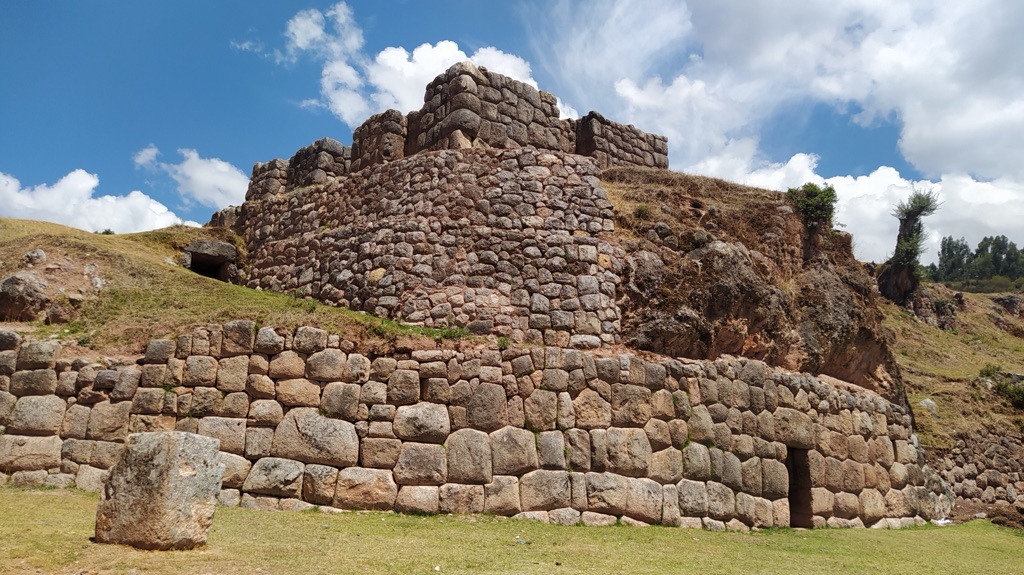
Some aspects of Rumiwasi have been matched to historical records, such as the Incan practice of building estates for their rulers. The site’s design elements, like the trapezoidal niches and doorways, are consistent with other known Incan structures. These architectural features have helped scholars understand the site’s significance within the broader context of Incan society.
Dating Rumiwasi has been challenging due to the site’s relative obscurity and the lack of organic materials that can be analyzed using radiocarbon dating. However, the style of stonework and architectural features suggest that it was built during the height of the Incan Empire, before the Spanish conquest in the 16th century.
As research continues, new theories may emerge about Rumiwasi’s role in Incan culture. For now, it remains an enigmatic piece of history, inviting both scholarly inquiry and the wonder of visitors. The site’s mysteries only add to its allure, making it a captivating destination for those interested in the Incan legacy.
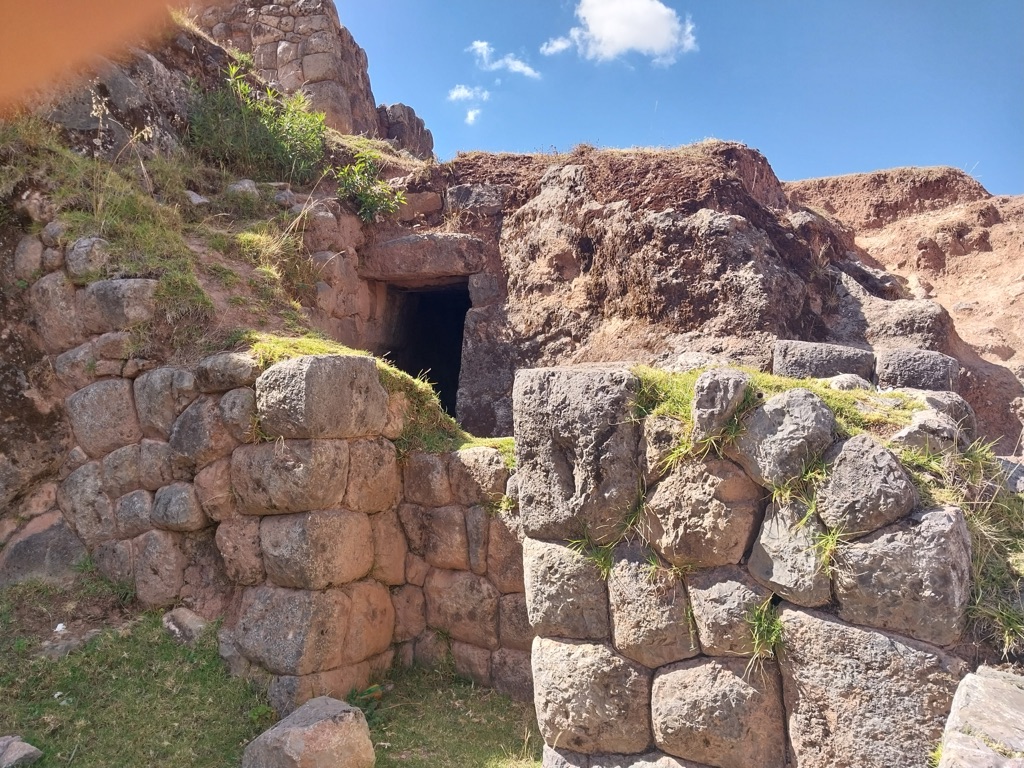
At a glance
Country: Peru
Civilization: Inca
Age: Estimated to be from the 15th century AD
Conclusion and Sources
Reputable sources used in the creation of this article include:
- Wikipedia: https://en.wikipedia.org/wiki/Inca_Empire
- Wikipedia: https://en.wikipedia.org/wiki/Rumiwasi
- Britannica: https://www.britannica.com/topic/Inca
- World History Encyclopedia: https://www.worldhistory.org/inca_civilization/

